Sean McAllister reveals complexities in the cocoa market that deter a major switch to Fairtrade
After announcing that all its block chocolate has switched to Fairtrade, the Co-op is now calling on chocolate manufacturers to make at least one product in their range carry the Fairtrade mark.
"I cannot see why that cannot be done," says Co-op's brand and corporate marketing manager Terry Hudghton.
Director of the Fairtrade Foundation Harriet Lamb agrees: "It is completely feasible for the large manufacturers to switch to Fairtrade. It cannot be done tomorrow, but we can start tomorrow."
By signing up to the Fairtrade initiative the Co-op guarantees to pay the Kuapa Kokoo co-operative in Ghana a minimum price of $1,750 per tonne of cocoa. Of this, $1,600 pays the growers for their cocoa and the remaining $150 is a social premium that goes to a trust for investment in community schemes. But the problem for the major chocolate manufacturers switching to this scheme says Phil Sygley, chief executive of the Federation of Cocoa Commerce, lies within the structure of the cocoa industry in West Africa.
"The number of cocoa farmers and farms is incomprehensible, which makes switching to Fairtrade extremely difficult," says Sygley.
Middlemen criticised unfairly
In Ghana there are an estimated 800,000 farmers producing 379,000 tonnes of cocoa a year. As a result an array of middlemen are needed to bring the cocoa to the ports for export. "These middlemen are unfairly criticised," says Sygley. "They do a good job in their countries and without them cocoa production would go elsewhere."
The problem of middlemen is that it makes it virtually impossible to trace back the supply chain to the cocoa growers. So if the manufacturers paid the Fairtrade price there would be no guarantee it would reach the growers.
Sygley also argues that there is not enough supply of Fairtrade chocolate to meet the demands of the major manufacturers. "In the world market there are 1,200 tonnes of cocoa that fit the Fairtrade criteria, but the total market for cocoa is 3 million tonnes."
But Hudghton dismisses this argument. "The figure of 1,200 tonnes refers only to how much Fairtrade cocoa is purchased not the potential supply. Our deal with Kuapa Kokoo increased its sales of Fairtrade cocoa by 30%, yet Fairtrade only accounts for 3% of its crop. That means 97% is on the world commodity market and could be switched to Fairtrade."
However the Biscuit, Cake, Chocolate and Confectionery Alliance believes the real issue is to find the best approach to improve farmer livelihoods and not about switching supplies to Fairtrade. The alliance's Bob Eagle believes the Sustainable Tree Crop Programme (STCP), launched in Ghana in early November, will deliver the same benefits as Fairtrade. "It will encourage farmers to unite and improve the information flow of prices and growing techniques." But Hudghton says the STCP will not solve the problem: "It is about helping farmers increase production and quality of their cocoa, which will benefit manufacturers as much as farmers. It does not guarantee a set price, so while quality may go up, prices could drop."
Mark Palmer, marketing director for Green & Black's chocolate, which made the first product to receive the Fairtrade mark, believes chocolate manufacturers do not need the Fairtrade mark to prove they are trading ethically. He also believes it would be difficult for the large chocolate makers to switch to a Fairtrade supply "It's not a quick and easy switch and it would mean a significant cost increase which would have to be passed on to consumers."
And there lies the answer. If consumers are willing to put their money where their heart is and pay a premium for Fairtrade chocolate, then the cocoa farmers of West Africa would receive a higher price.
{{ANALYSIS }}
After announcing that all its block chocolate has switched to Fairtrade, the Co-op is now calling on chocolate manufacturers to make at least one product in their range carry the Fairtrade mark.
"I cannot see why that cannot be done," says Co-op's brand and corporate marketing manager Terry Hudghton.
Director of the Fairtrade Foundation Harriet Lamb agrees: "It is completely feasible for the large manufacturers to switch to Fairtrade. It cannot be done tomorrow, but we can start tomorrow."
By signing up to the Fairtrade initiative the Co-op guarantees to pay the Kuapa Kokoo co-operative in Ghana a minimum price of $1,750 per tonne of cocoa. Of this, $1,600 pays the growers for their cocoa and the remaining $150 is a social premium that goes to a trust for investment in community schemes. But the problem for the major chocolate manufacturers switching to this scheme says Phil Sygley, chief executive of the Federation of Cocoa Commerce, lies within the structure of the cocoa industry in West Africa.
"The number of cocoa farmers and farms is incomprehensible, which makes switching to Fairtrade extremely difficult," says Sygley.
Middlemen criticised unfairly
In Ghana there are an estimated 800,000 farmers producing 379,000 tonnes of cocoa a year. As a result an array of middlemen are needed to bring the cocoa to the ports for export. "These middlemen are unfairly criticised," says Sygley. "They do a good job in their countries and without them cocoa production would go elsewhere."
The problem of middlemen is that it makes it virtually impossible to trace back the supply chain to the cocoa growers. So if the manufacturers paid the Fairtrade price there would be no guarantee it would reach the growers.
Sygley also argues that there is not enough supply of Fairtrade chocolate to meet the demands of the major manufacturers. "In the world market there are 1,200 tonnes of cocoa that fit the Fairtrade criteria, but the total market for cocoa is 3 million tonnes."
But Hudghton dismisses this argument. "The figure of 1,200 tonnes refers only to how much Fairtrade cocoa is purchased not the potential supply. Our deal with Kuapa Kokoo increased its sales of Fairtrade cocoa by 30%, yet Fairtrade only accounts for 3% of its crop. That means 97% is on the world commodity market and could be switched to Fairtrade."
However the Biscuit, Cake, Chocolate and Confectionery Alliance believes the real issue is to find the best approach to improve farmer livelihoods and not about switching supplies to Fairtrade. The alliance's Bob Eagle believes the Sustainable Tree Crop Programme (STCP), launched in Ghana in early November, will deliver the same benefits as Fairtrade. "It will encourage farmers to unite and improve the information flow of prices and growing techniques." But Hudghton says the STCP will not solve the problem: "It is about helping farmers increase production and quality of their cocoa, which will benefit manufacturers as much as farmers. It does not guarantee a set price, so while quality may go up, prices could drop."
Mark Palmer, marketing director for Green & Black's chocolate, which made the first product to receive the Fairtrade mark, believes chocolate manufacturers do not need the Fairtrade mark to prove they are trading ethically. He also believes it would be difficult for the large chocolate makers to switch to a Fairtrade supply "It's not a quick and easy switch and it would mean a significant cost increase which would have to be passed on to consumers."
And there lies the answer. If consumers are willing to put their money where their heart is and pay a premium for Fairtrade chocolate, then the cocoa farmers of West Africa would receive a higher price.
{{ANALYSIS }}



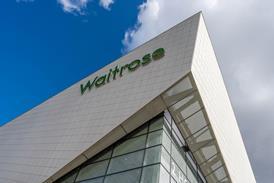
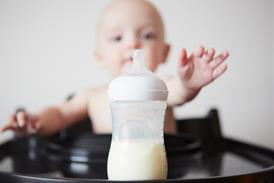





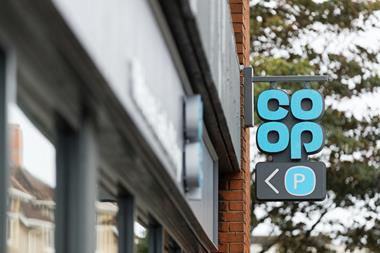

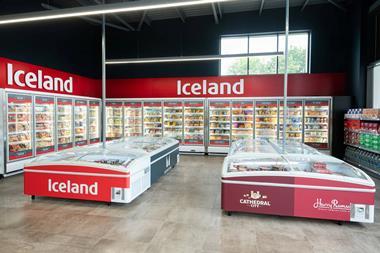


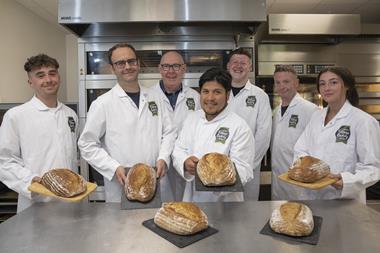
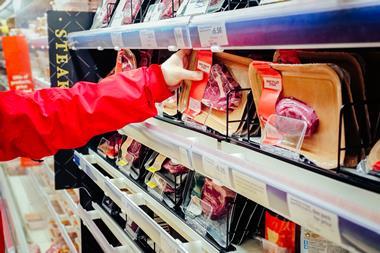


No comments yet